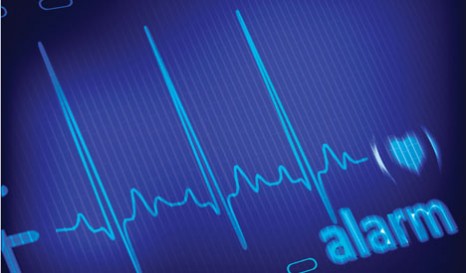
A Different Type of Alarm System-Changing Clinical Alarms
Hospitals are full of alarms. In fact, an average patient in a U.S. hospital is responsible for producing 135 clinical alarms daily (reported here). Although this number seems astounding, it is completely accurate and exists for a very valid reason. The manufacturers of the advanced technology used on every patient must install alarms for nearly anything that could go wrong with the equipment. Alarms are installed for low battery notices or other system concerns that most often have no relation to the patient’s health, but are present to ensure that the equipment continues operating properly.
Even though these seem like completely valid alarms to put in such pieces of equipment, they represent non-urgent alarms that can interfere with patient recovery and the work of doctors and nurses. Ilene Busch-Vishniac, former president of the Acoustical Society of America (ASA), published these findings at the ASA’s Spring 2016 meeting in May. The most influential of her findings came in determining that although hospital personnel are trained in responding to all alarms, the majority of alarm errors come in the event of urgent alarms failing to sound when they actually should. Busch-Vishniac reported that alarm failures such as these result in approximately 200 alarm-related deaths per year (found here).
To address these issues, her goal is to completely redesign the entire hospital clinical alarm system. In doing this, she hopes to not only ensure that these urgent alarms alert doctors and nurses, but also reduce the sounding of non-urgent equipment alarms. She mentioned that the latter will create a quieter hospital environment which has the potential to decrease patient recovery times. If successful, Ilene Busch-Vishniac will completely change the way that hospital personnel monitor and interact with patients!



